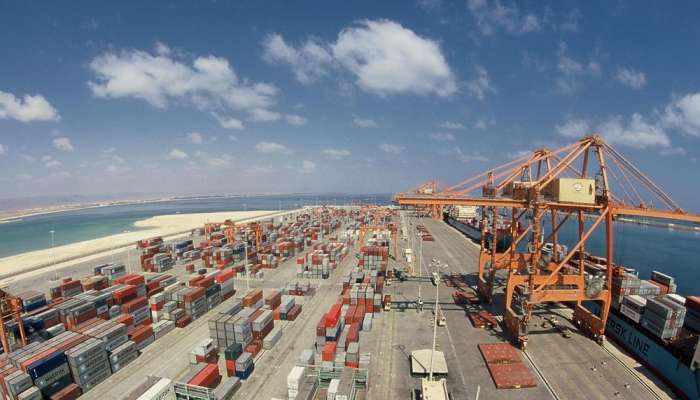Food delivery wars in the Middle East: A breakdown of industry’s dynamics
- Date: 07-Feb-2021
- Source: MENAbytes
- Sector:Retail
- Country:Middle East
Food delivery wars in the Middle East: A breakdown of industry’s dynamics
As cities worldwide went into lockdown last March, most businesses were forced to shut their doors and forgo revenues for a few tough weeks. You would think restaurant owners had an easier time, given they worked with food aggregators to power the on-demand food economy. You would be wrong.
Let me explain. Since its inception, the “food economy” hasn't been good to any of its stakeholders:
Restaurants complain of the astronomically high commission rates (up to 30–35%) paid to food aggregators, feeling stuck with no clear alternatives.
Customers often complain of inconsistent quality and delays.
Food aggregators (and their investors) continue to lose money, and none have turned a penny since inception. Unprofitable growth-at-all-cost was acceptable in the past, but investors have grown impatient, asking their ventures for a clear path towards profitability.
Drivers/ riders complain of low pay and limited social protection (mostly in the US, where riders are considered as contractors and in many cases get paid less than minimum wage).
These challenges have led to rising tensions between the stakeholders, which triggered three key events, or rather turning points, in May / June of last year:
Uber Eats decided to close its operations in Middle Eastern markets.
Regional restaurants partnered with ChatFood, Taker, Zyda, Blink,























